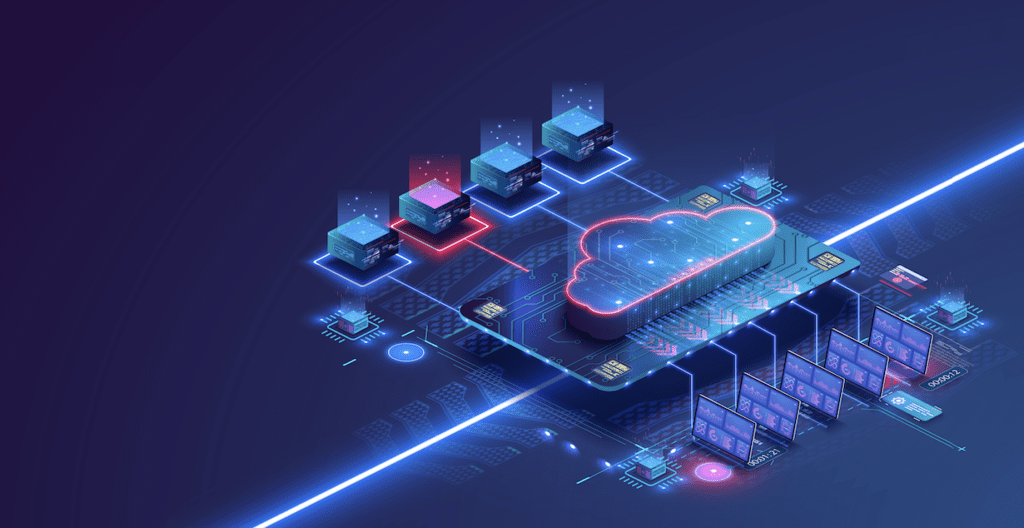CISOs: Are You Applying NIST / CISA Standards to ALL Data Including the Cloud?
Security leaders want to solve problems identifying and understanding anomalies or account access behaviors by correlating anomalous behaviors of specific accounts with other parameters like geography or ingress and egress points, but few rules-based Cybersecurity tools have the ability to do that without a great deal of manual data massaging and manipulating.
CISOs: Are You Applying NIST / CISA Standards to ALL Data Including the Cloud? Read More →











